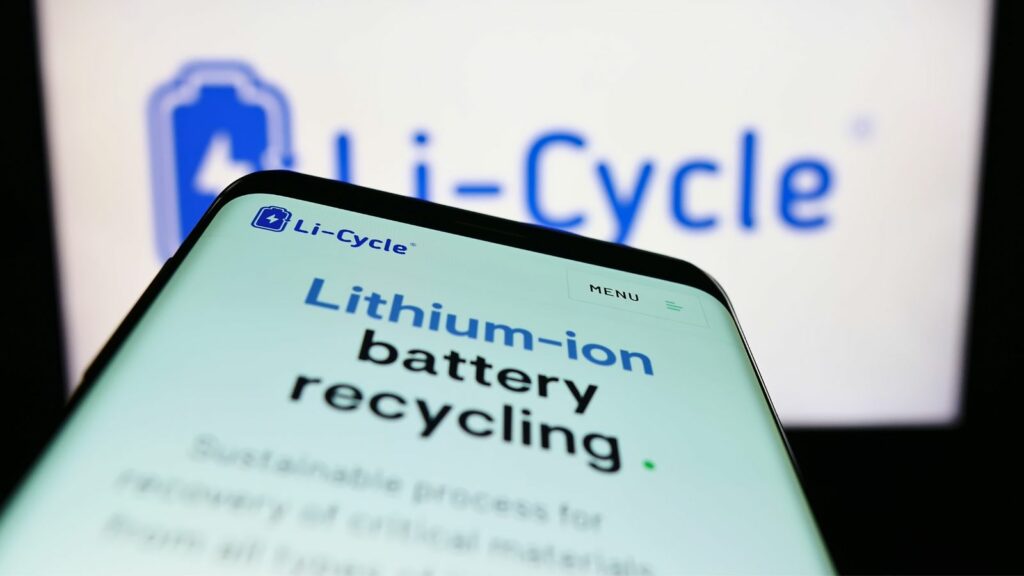Electric vehicles are rolling into junkyards in numbers we’ve never seen before. Ten years ago, scrapped EVs were rare, but with early Nissan Leafs, Chevy Volts, and first-wave Teslas reaching the end of their useful lives, 2025 is the year the floodgates open. That means roughly 100,000 EVs will be retired, leaving behind the big question—what happens to all those massive lithium-ion batteries?
The Scrap Yard Conundrum
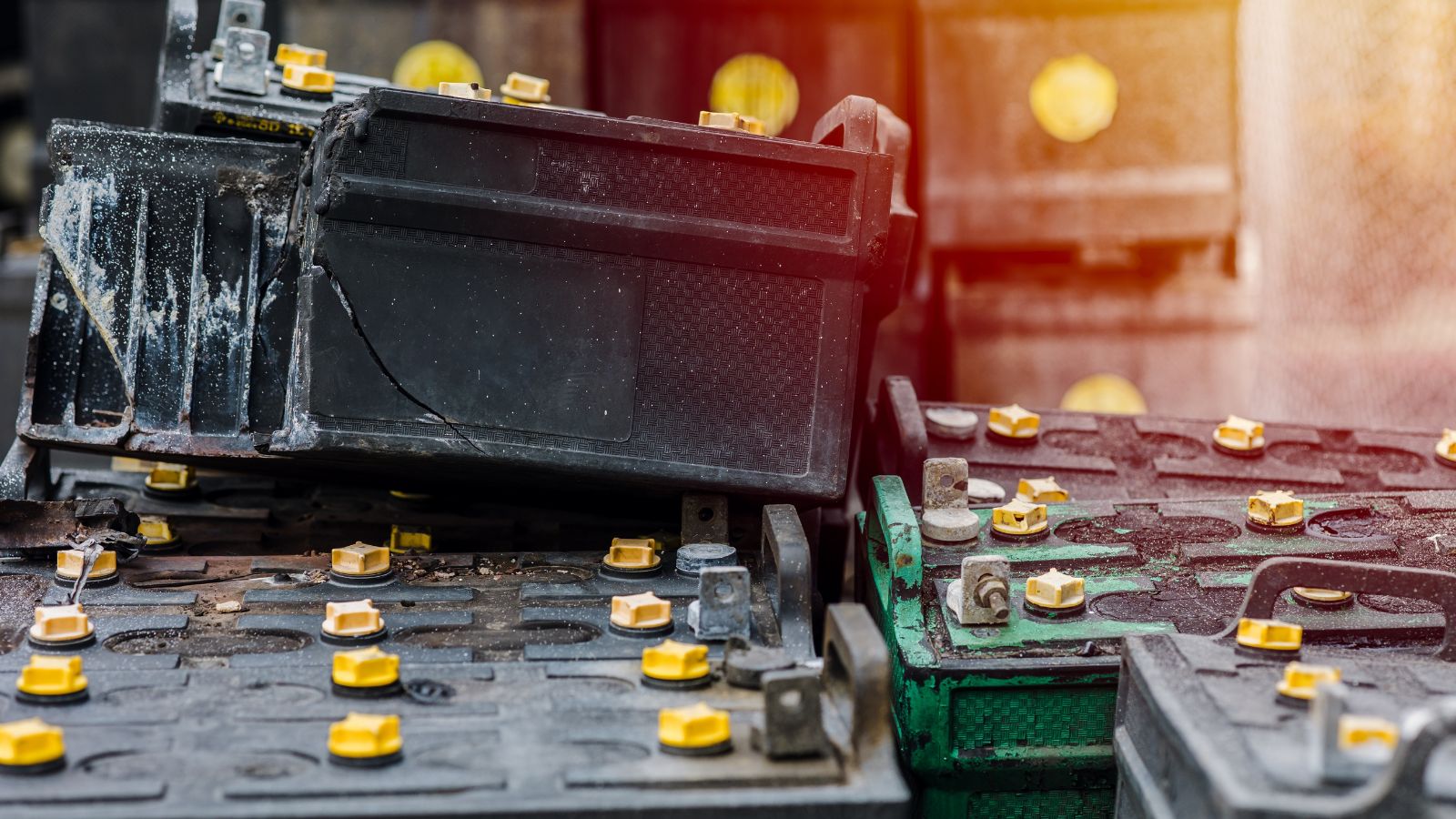
When a gasoline car dies, the process is straightforward: drain the fluids, recycle the metal, and maybe crush what’s left. With EVs, the hulking battery pack—sometimes weighing up to 1,500 pounds—changes everything. These packs are filled with rare earth minerals and high-voltage cells that can ignite if mishandled. Junkyards can’t just stack them like old mufflers. The result is a growing pile of battery packs waiting for something smarter than the crusher, and the backlog is growing fast.
Second Life as Energy Storage

One of the more promising outcomes for these retired packs is repurposing. Even if a battery is too weak for a car, it usually still has 60 to 70 percent of its capacity left. That’s perfect for use as stationary energy storage. Companies are taking old EV batteries and turning them into giant backup systems for homes, offices, and even power grids. In California, decommissioned Nissan Leaf packs have been linked together to stabilize renewable energy flow for entire neighborhoods. On a smaller scale, DIY enthusiasts buy old Tesla modules to build home solar storage setups. Your retired Leaf’s pack might end up quietly storing sunshine for someone’s lights or appliances.
The Recycling Push
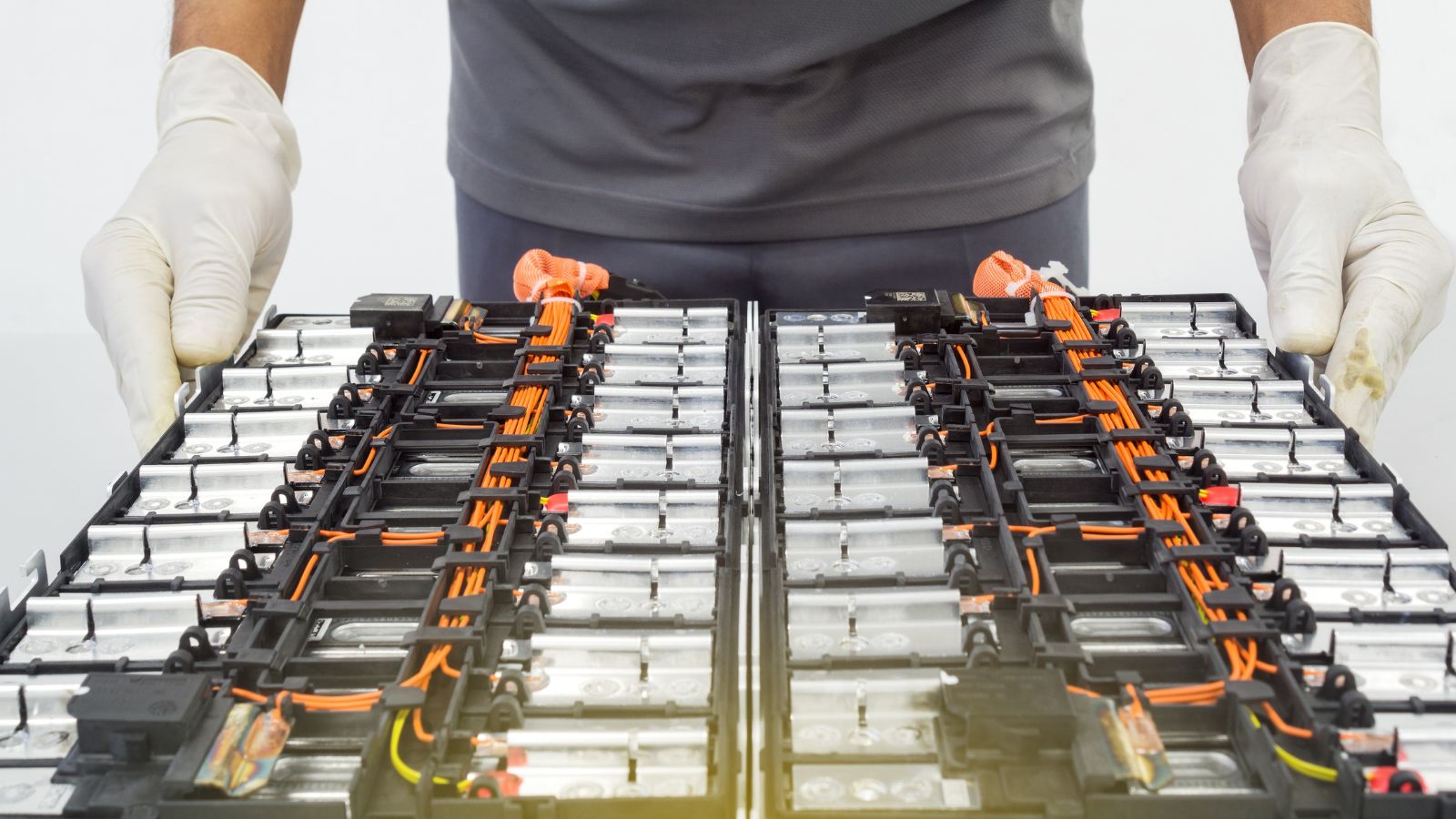
Of course, not every pack can be reused. That’s where specialized recycling comes in. Facilities across North America are learning how to safely dismantle and break down batteries, pulling out valuable metals like lithium, cobalt, and nickel. One popular method, called hydrometallurgical recycling, uses chemical solutions to extract and purify metals. Another method, pyrometallurgy, involves carefully controlled smelting to recover usable materials. Companies like Redwood Materials and Li-Cycle are leading the charge in building large-scale plants capable of handling thousands of tons of EV batteries each year. This isn’t just eco-friendly—it’s smart business. With the demand for new EV batteries skyrocketing, recycled materials are becoming a crucial supply source.
Real-World Recycling Projects
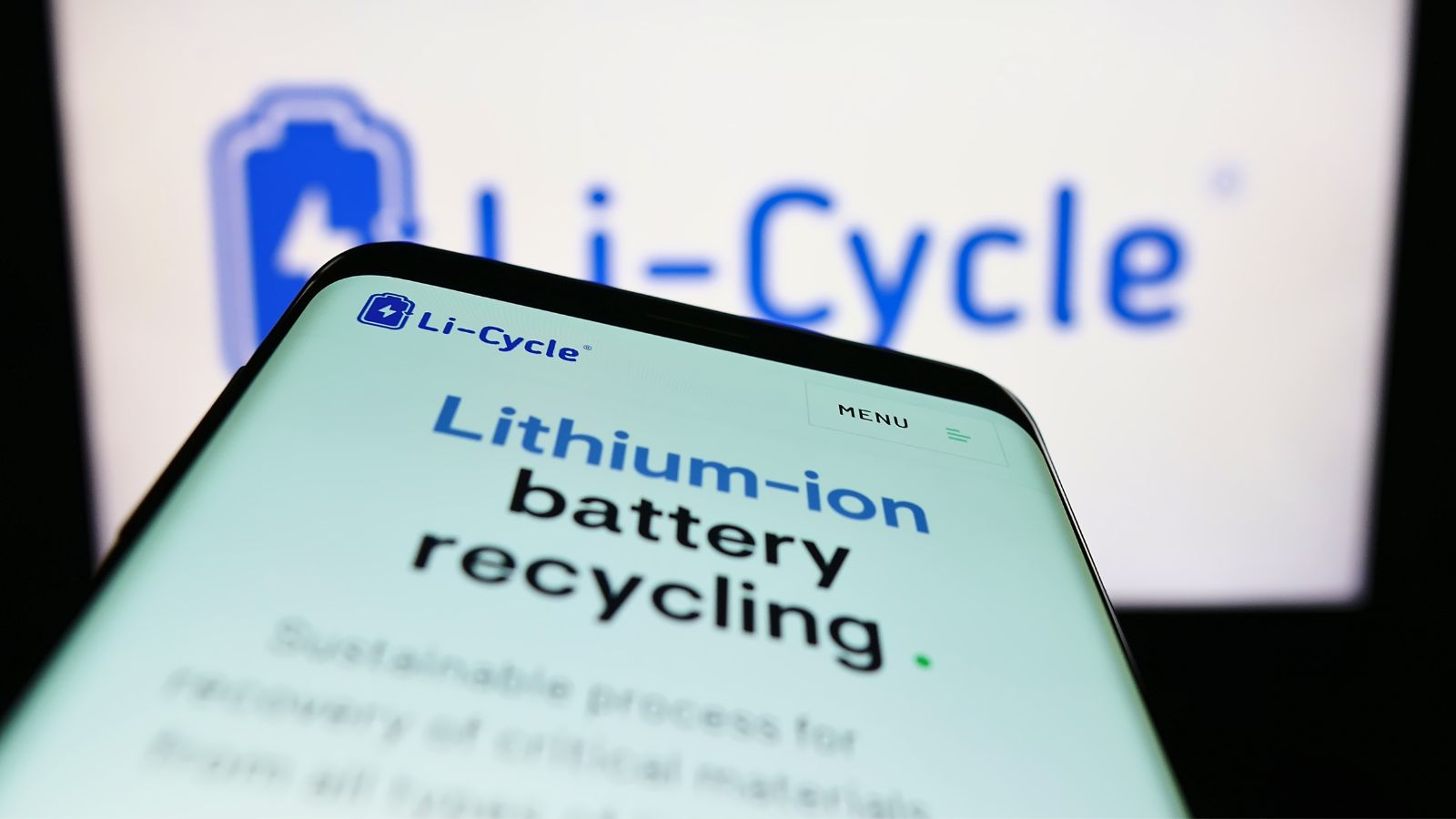
We’re already seeing examples of this recycling economy in action. Redwood Materials, started by a former Tesla executive, has set up plants in Nevada that can recover up to 95 percent of valuable metals from old EV packs. In Canada, Li-Cycle has developed a “spoke-and-hub” system that processes dead batteries into a slurry, then refines the slurry into pure metals at central hubs. Automakers like GM, Ford, and VW are signing contracts with these companies to ensure their old batteries don’t end up rotting in scrapyards. The aim is to create a closed-loop system where today’s dead battery becomes tomorrow’s brand-new pack.
The Hazards of Doing Nothing
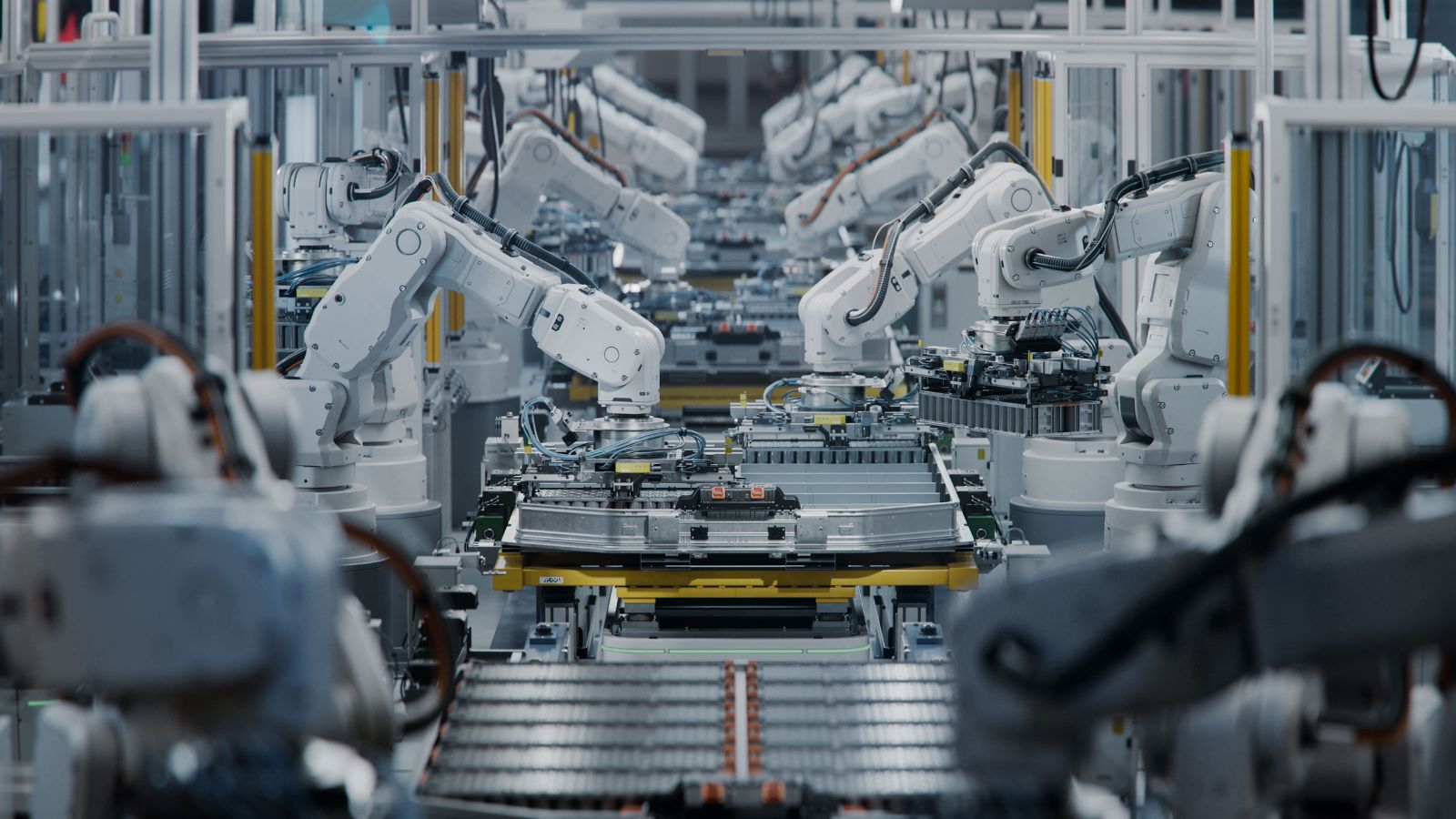
The nightmare scenario is what happens if these batteries don’t get recycled properly. A battery pack tossed in a landfill is not only toxic but dangerous. Damaged packs can spark fires that are nearly impossible to put out, burning for days and releasing toxic smoke. There have already been cases of scrapyard fires linked to EV packs. With 100,000 EVs retiring this year alone, the stakes are high. Without proper infrastructure, we risk turning junkyards into ticking time bombs and creating a waste crisis worse than the one we’re trying to avoid.
Policy and Industry Response
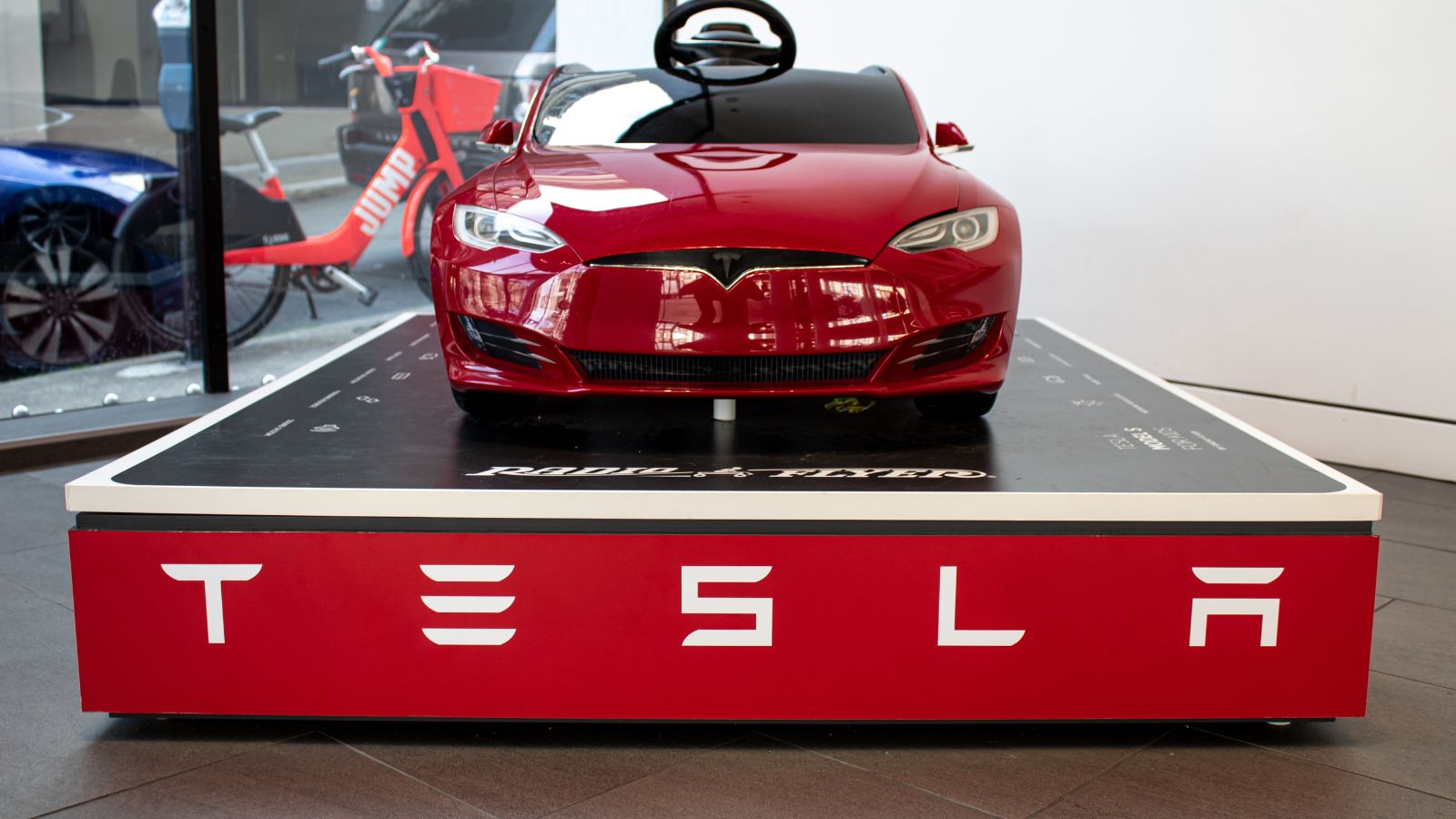
Governments in Canada and the U.S. are starting to push automakers to take responsibility. Extended Producer Responsibility (EPR) laws are under discussion, requiring manufacturers to reclaim old packs for recycling or reuse. Some car companies, like Tesla, already run take-back programs to capture batteries before they’re improperly discarded. Others, including GM and Stellantis, are investing directly in recycling startups to ensure capacity grows alongside EV adoption. It’s a race against time, because the numbers will only climb—today it’s 100,000 EVs, but in five years it could be over a million annually.
A New Kind of Automotive Afterlife
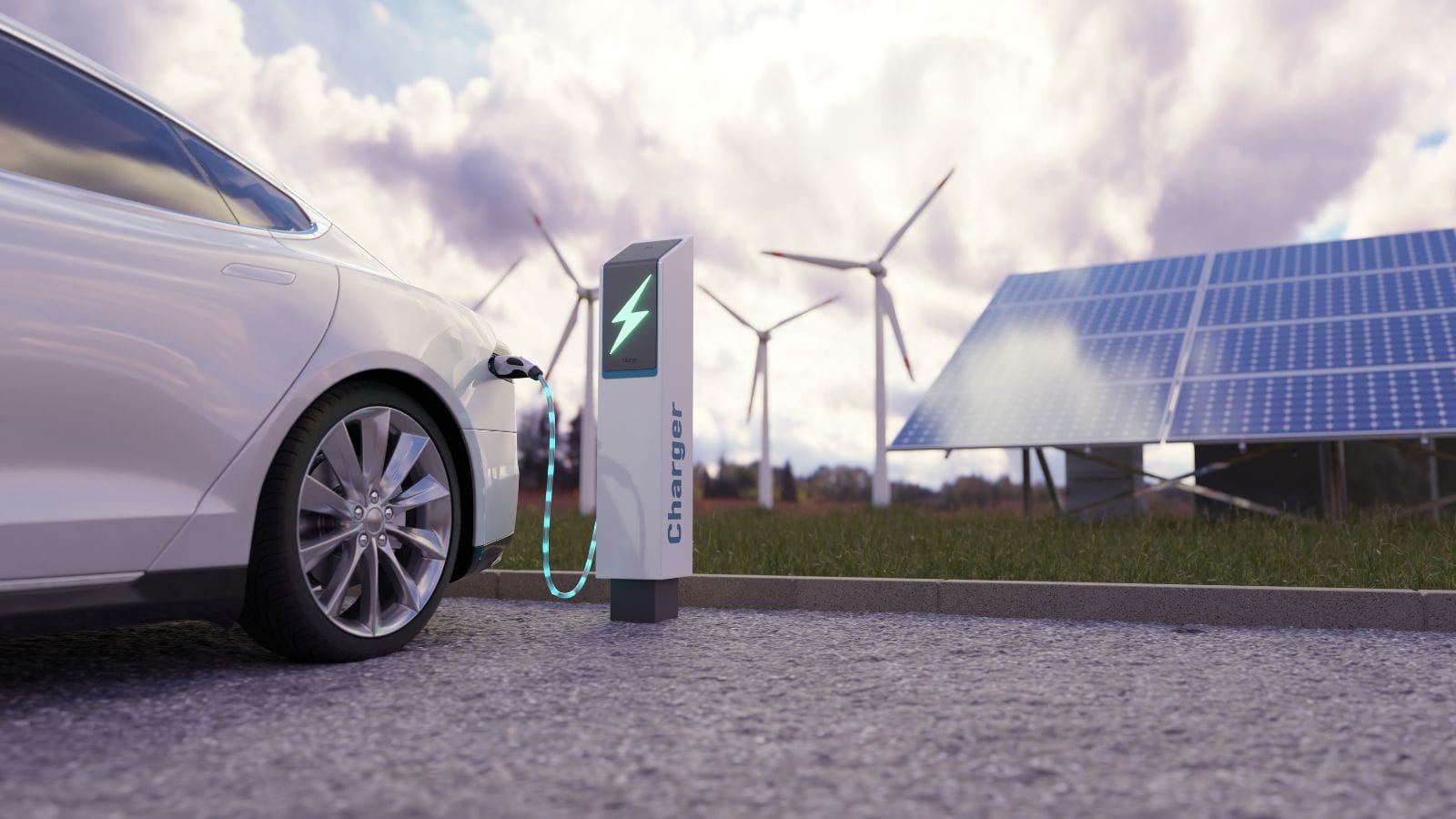
The retirement of EVs changes the auto industry in ways most people never think about. Instead of engines and transmissions heading to the scrap heap, the battery is now the star of the afterlife. Some will be reborn as solar storage, others melted down and turned into fresh cells, and a few will sadly be mishandled. But one thing is certain: what happens to these batteries will define whether EVs are truly the sustainable solution we hope they are. If the industry gets this right, the next wave of EVs could be built, at least partly, from the remains of the last one.
25 Facts About Car Loans That Most Drivers Don’t Realize

Car loans are one of the most common ways people fund car purchases. Like any other kind of loan, car loans can have certain features that can be regarded as an advantage or a disadvantage to the borrower. Understanding all essential facts about car loans and how they work to ensure that you get the best deal for your financial situation is essential. Here are 25 shocking facts about car loans that most drivers don’t realize:
25 Facts About Car Loans That Most Drivers Don’t Realize
